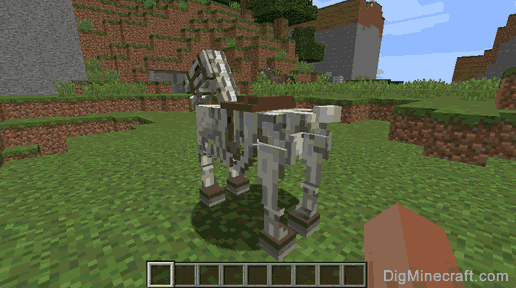

They will signal the surrounding cartilage matrix to harden and calcify.Ĥ- Calcification Zone. This stacking of cells in columns causes the epiphysis to push away from the diaphysis, resulting in the lengthening of the bone.īetween these stacks is a supporting material, referred to as matrix, produced by the cartilage cells.ģ- Maturation or hypertrophic zone is where the cartilage cells stop dividing and start to enlarge and mature. In this zone, the cartilage cells proliferate by rapidly dividing and stacking on top of each other, resembling stacks of coins. In this zone, the cartilage cells (chondrocytes) are relatively inactive.Ģ- Proliferation zone. Four in the growth plate and one in the metaphysis.ġ- Closest to the epiphysis is the Resting or Reserve zone. This process happens in five different zones. Cartilage is being produced and continuously changing into bone tissue, causing the bone to lengthen. Within the growth plate, a complex process is going on. The bone reaches its maturity when the growth plate is closed, and the Epiphysis fuses with the Diaphysis It forms a joint with the neighboring bone.ĭuring the equine skeletal development, the bones will continue to grow at the extremities, where growth plates are located.


The Metaphysis is the portion of the bone between the Epiphysis and Diaphysis.

It is cylindrical and flares outward near the end to form the metaphysis. The Diaphysis is the shaft of the bone made of compact bone tissue enclosing the medullary cavity.Looking at a long bone, like for example the cannon bone, we can observe the following: We will focus on the development of these other bones because of their impact on the stability of the horse and how this can be influenced by diet and training plans. All other bones are developed by endochondral ossification.Flat bones of the skull are developed by intramembranous ossification.There are two types of bones in the horse which have different development mechanisms: This is a great book with information about anatomy and biomechanics that every rider should know. This information was taken from the book: Posture and Performance Principles of training horses from the Anatomical perspective, Gillian Higgins with Stephanie Martin.


 0 kommentar(er)
0 kommentar(er)
